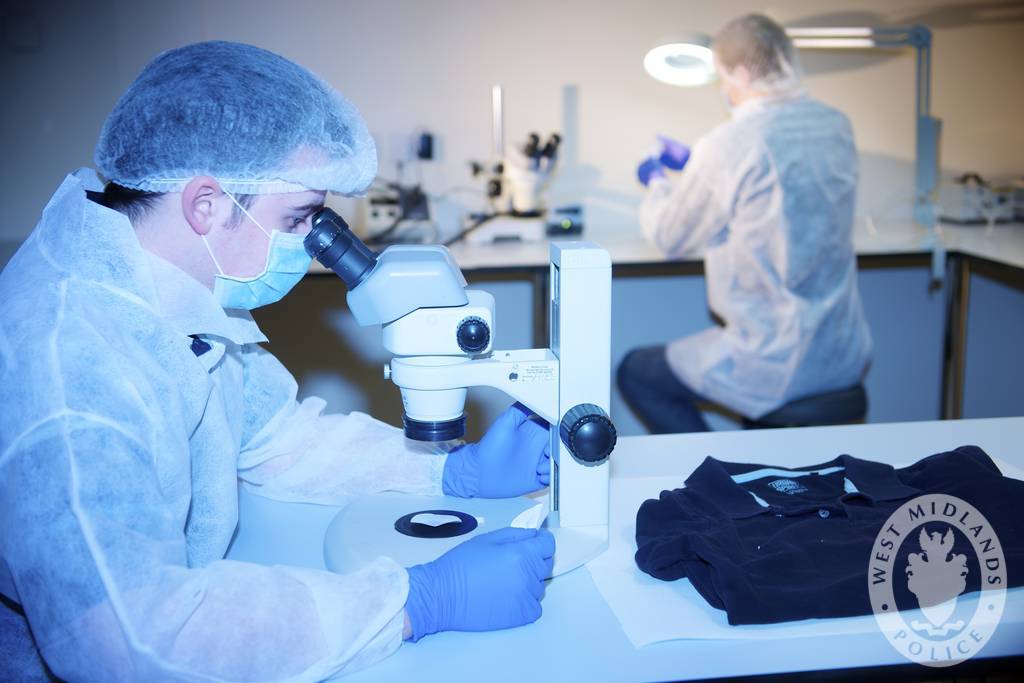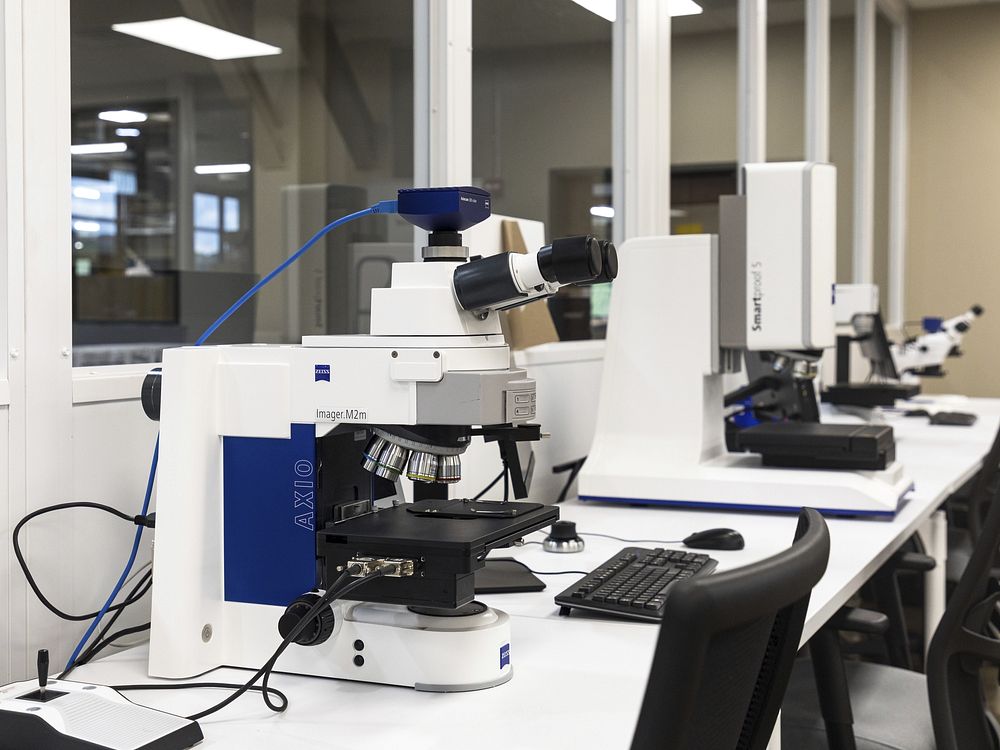Now Reading: Role of DNA in Forensic Science
-
01
Role of DNA in Forensic Science

Role of DNA in Forensic Science
1. Introduction:
DNA analysis is regarded as the most widely used and scientifically sound method for human identification in forensic science, which uses scientific techniques to support legal investigations (Brettell, Butler & Saferstein, 2005). DNA profiling offers almost complete certainty in connecting biological evidence to individuals, in contrast to conventional markers like fingerprints, bite marks, or hair morphology (Brettell, Saferstein & Almirall, 1997). Its influence goes beyond criminal cases to humanitarian settings, such as mass grave excavations and disaster victim identification (Alketbi, 2023).
2. Historical Development of Forensic DNA Analysis
2.1. Origins of DNA profiling
Alec Jeffreys’ 1985 discovery of DNA fingerprinting, which offered the first means of identifying people using genetic markers, transformed forensic science (Brettell, Saferstein & Almirall, 1997). Although accurate, early RFLP analysis’s forensic applicability was limited by the need for large, high-quality DNA samples (Brettell, Butler & Saferstein, 2005).
2.2. Emergence of PCR and STR Analysis
DNA amplification from small or deteriorated samples was made possible by the groundbreaking development of PCR in the late 1980s (Brettell, Butler & Almirall, 2011). With more discriminatory power and efficiency than RFLP, STR profiling, which was first used in the 1990s, became the industry standard (Alketbi, 2023).
2.3. Databases Standardisation
The establishment of national databases, such as CODIS in the US and the UK National DNA Database, enhanced crime-solving capacity by enabling cross-case matches (Saks et al., 2003). Standardisation of STR markers across countries further facilitated international cooperation (Brettell, Butler & Almirall, 2011).
3. Methodologies in Forensic DNA Science
3.1. Short Tandem Repeat (STR) Profiling
By focusing on highly variable microsatellite regions, STR analysis allows for the creation of distinct DNA profiles (Brettell, Butler, & Saferstein, 2005). It is the gold standard for forensics due to its dependability and broad database compatibility (Alketbi, 2023).
3.2. mitochondrial DNA (mtDNA) Analysis
For skeletal and hair analysis, mtDNA is essential since it is maternally inherited and endures longer in degraded remains (Brettell, Saferstein & Almirall, 1997). Its historical significance is demonstrated by its application in locating the remains of the Romanov family (Brettell, Butler & Almirall, 2011).
3.3. Y-STR Analysis
Although their inheritance restricts discrimination among male relatives, Y-chromosome STRs enable the identification of male contributors in cases of sexual assault (Ballantyne, Edmond & Found, 2017).
3.4. NGS Approaches
Massively parallel sequencing made possible by NGS allows for the simultaneous analysis of mtDNA, SNPs, and STRs, improving throughput and resolution (Alketbi, 2023). It is becoming more and more popular, especially for complex samples.
4. Applications of DNA in Forensic science
4.1. Criminal investigations
DNA evidence is crucial in homicide and sexual assault investigations because it can be used to identify suspects at crime scenes and rule out innocent people (Brettell, Butler & Almirall, 2011).
4.2. Exonerations
Following a conviction, DNA testing has been used to overturn erroneous convictions; hundreds of exonerations have been documented by groups such as the Innocence Project (Saks et al., 2003).
4.3. Disaster Victim Identification
As demonstrated by 9/11 and the 2004 tsunami, where STRs and mtDNA were utilised for fragmented remains, DNA techniques are essential to mass disaster identification (Brettell, Butler & Saferstein, 2005).
4.4. Civil and Humanitarian cases
DNA testing helps with humanitarian efforts, such as identifying victims of war crimes, immigration claims, and paternity disputes (Alketbi, 2023).
5. Future Perspectives
5.1. Forensic DNA Phenotyping
The process of using genetic markers to predict externally visible characteristics (EVCs) like skin, eye, and hair colour, facial morphology, and even ancestry is known as forensic DNA phenotyping (FDP) (Alketbi, 2023). FDP offers investigative intelligence in situations where there is no suspect or database match, in contrast to traditional STR profiling, which concentrates on individual identification. High accuracy in predicting eye and hair colour from DNA has already been shown by systems such as HIrisPlex-S (Brettell, Butler & Almirall, 2011).
5.2. Next-generation sequencing (NGS) Expansion
NGS provides richer genetic information from a single sample by enabling the simultaneous sequencing of STRs, SNPs, and mtDNA (Alketbi, 2023). In contrast to STR profiling based on capillary electrophoresis, NGS has the ability to sequence internal repeat motifs, which boosts discriminatory power. In intricate forensic situations, its capacity to examine poor, deteriorated, or mixed samples makes it indispensable (Brettell, Butler & Almirall, 2011).
Single-nucleotide polymorphisms (SNPs), which can infer ancestry and geographic origins, are another way that the use of NGS facilitates population genetic research. High expenses, the requirement for standardised procedures, and the legal acceptance of sequence-based evidence in court are obstacles, though (Ballantyne, Edmond & Found, 2017).
5.3. Epigenetic markers in Forensics
New avenues for forensic applications are being made possible by epigenetic research. In contrast to DNA sequence, age, lifestyle, and environmental exposures all affect epigenetic modifications like DNA methylation (Brettell, Butler & Saferstein, 2005). Estimating biological age at sampling time, smoking history, or exposure to pollutants may be possible with forensic epigenetics. When traditional profiling is inadequate, these data may offer investigative leads (Alketbi, 2023).
For instance, it has been demonstrated that methylation analysis at particular CpG sites can predict chronological age within a three-to-four-year range. According to Brettell, Saferstein, and Almirall (1997), variations in DNA methylation patterns among tissues can also be used to determine the biological origin of a sample (e.g., blood vs. saliva).
5.4. Artificial Intelligence (AI) and Probabilistic Genotyping
Probabilistic genotyping systems (PGS) have emerged as a result of the growing complexity of DNA mixtures, which frequently involve multiple contributors. AI-powered tools like True Allele and STR mix use machine learning and statistical models to objectively interpret DNA evidence (Ballantyne, Edmond & Found, 2017).
5.5. Ethical and Legal considerations for the future
Even though advancements in science promise previously unheard-of capabilities, moral dilemmas remain. Family searches raise concerns about involuntary genetic surveillance, and growing forensic databases may violate people’s privacy (Saks et al., 2003). One example of the power and controversy of genetic genealogy is the use of commercial genealogy databases by law enforcement, such as in the Golden State Killer case.
Additionally, there is a chance that FDP and epigenetic tools could be abused for social surveillance or racial profiling as they develop (Ballantyne, Edmond, & Found, 2017). Therefore, human rights and innovation must be balanced in international regulations and the legal framework.
6. Conclusion
Forensic science is now a field based on statistics and molecular biology, thanks to DNA analysis. It has made it possible to identify people with previously unheard-of accuracy, been crucial in clearing innocent people, and supported humanitarian causes all over the world. However, strict laboratory procedures, cautious interpretation, and ethical supervision are necessary for DNA evidence to be reliable. The field of forensic DNA science will continue to grow as technology develops, especially with NGS, epigenetics, and AI. The future depends on striking a balance between ethical obligations and scientific advancement to guarantee that DNA evidence supports legal systems around the world.
7. References
- Alketbi, S. K. (2023). The role of DNA in forensic science: A comprehensive review. International Journal of Scientific Research Archive.
- Ballantyne, K.N., Edmond, G. and Found, B., 2017. Peer review in forensic science. Forensic Science International, 277, pp.66-76.
- Brettell, T.A., Butler, J.M. and Almirall, J.R., 2011. Forensic science. Analytical Chemistry, 83(12), pp.4539-4556.
- Saks, MJ, Risinger, DM, Rosenthal, R & Thompson, WC 2004, ‘Context effects in forensic science’, Science and Justice – Journal of the Forensic Science Society, vol. 44, no. 2, pp. 119. https://doi.org/10.1016/S1355-0306(04)72276-5
- SAFERSTEIN, R., 2005. BRETTELL TA* 1, 2, BUTLER JM 3. ANALYTICAL CHEMISTRY, 77(12), pp.3839-3860.
- M.J. Saks, D.M. Risinger, R. Rosenthal, W.C. Thompson,
- Context effects in forensic science: A review and application of the science of science to crime laboratory practice in the United States, Science & Justice, Volume 43, Issue 2,2003, Pages 77-90, ISSN 1355-0306, https://doi.org/10.1016/S1355-0306(03)71747-X









